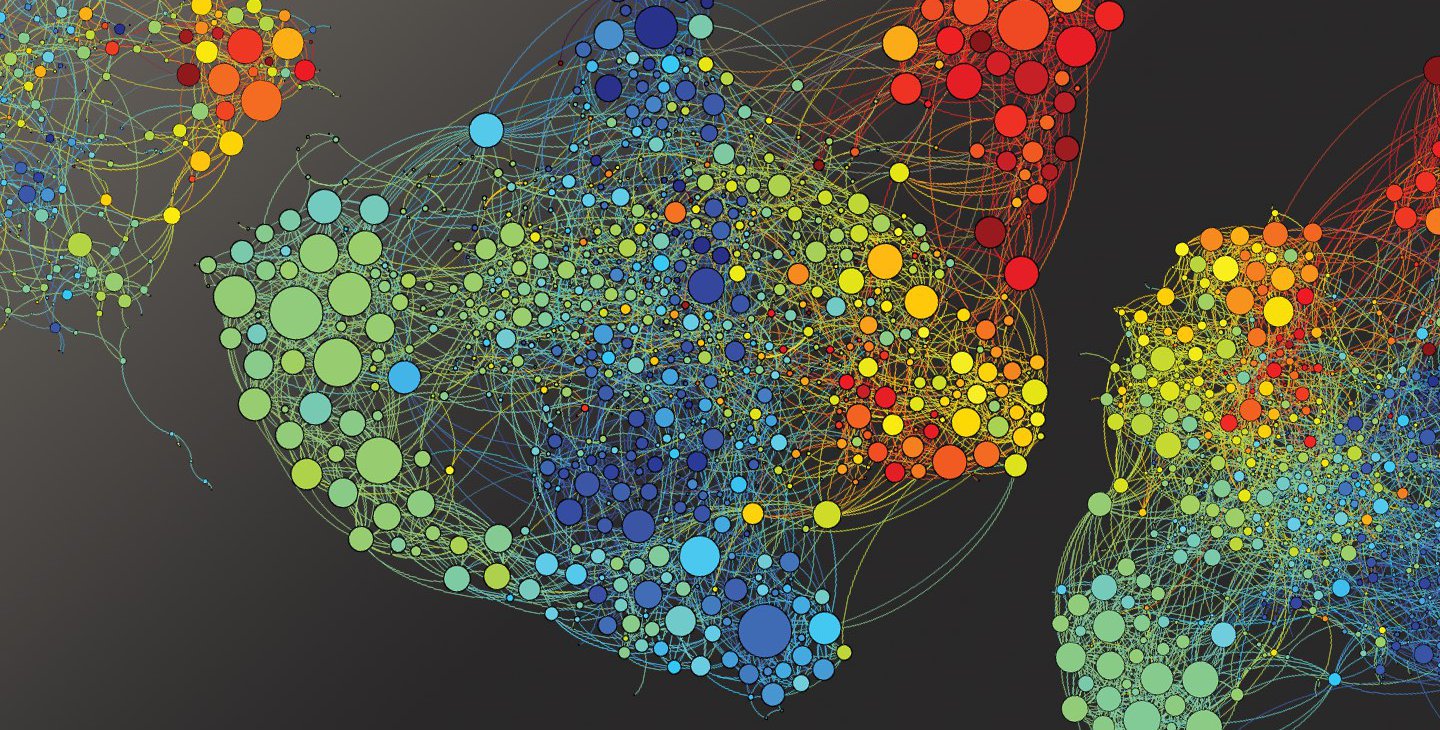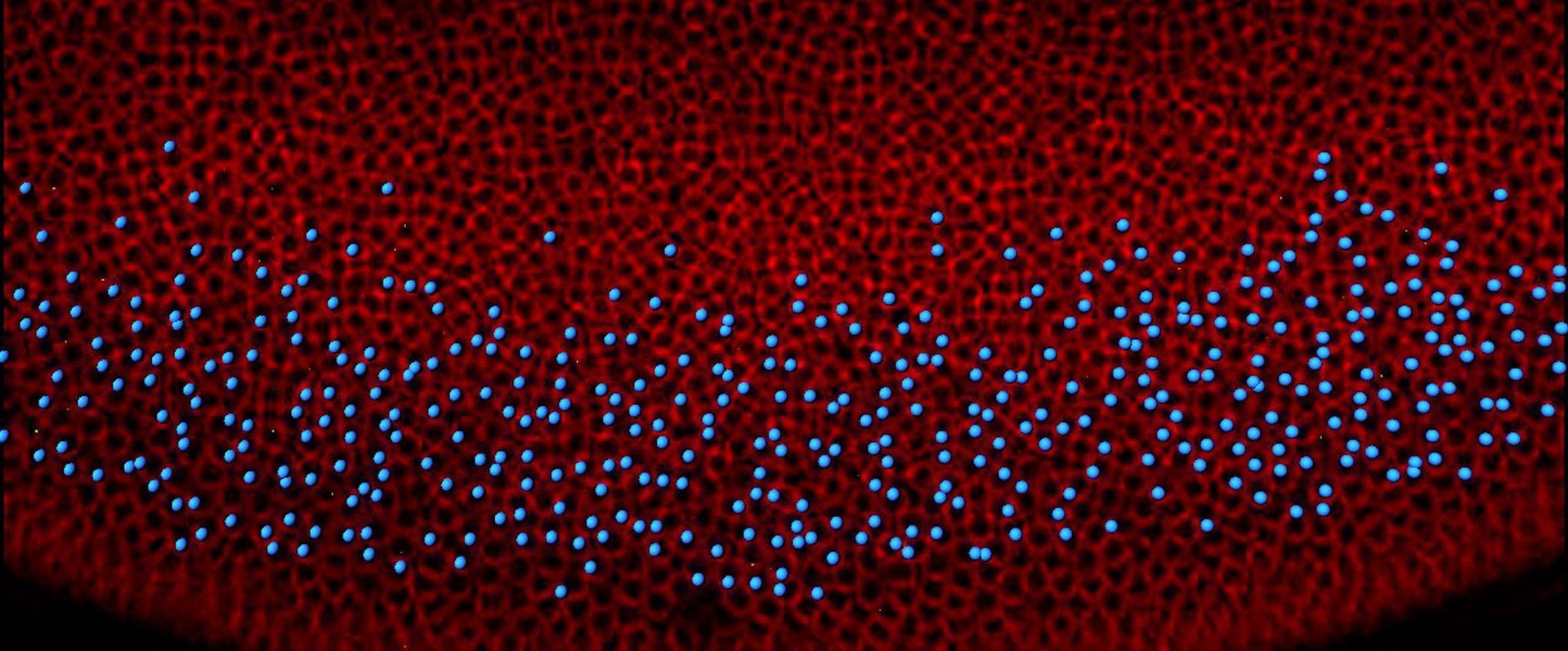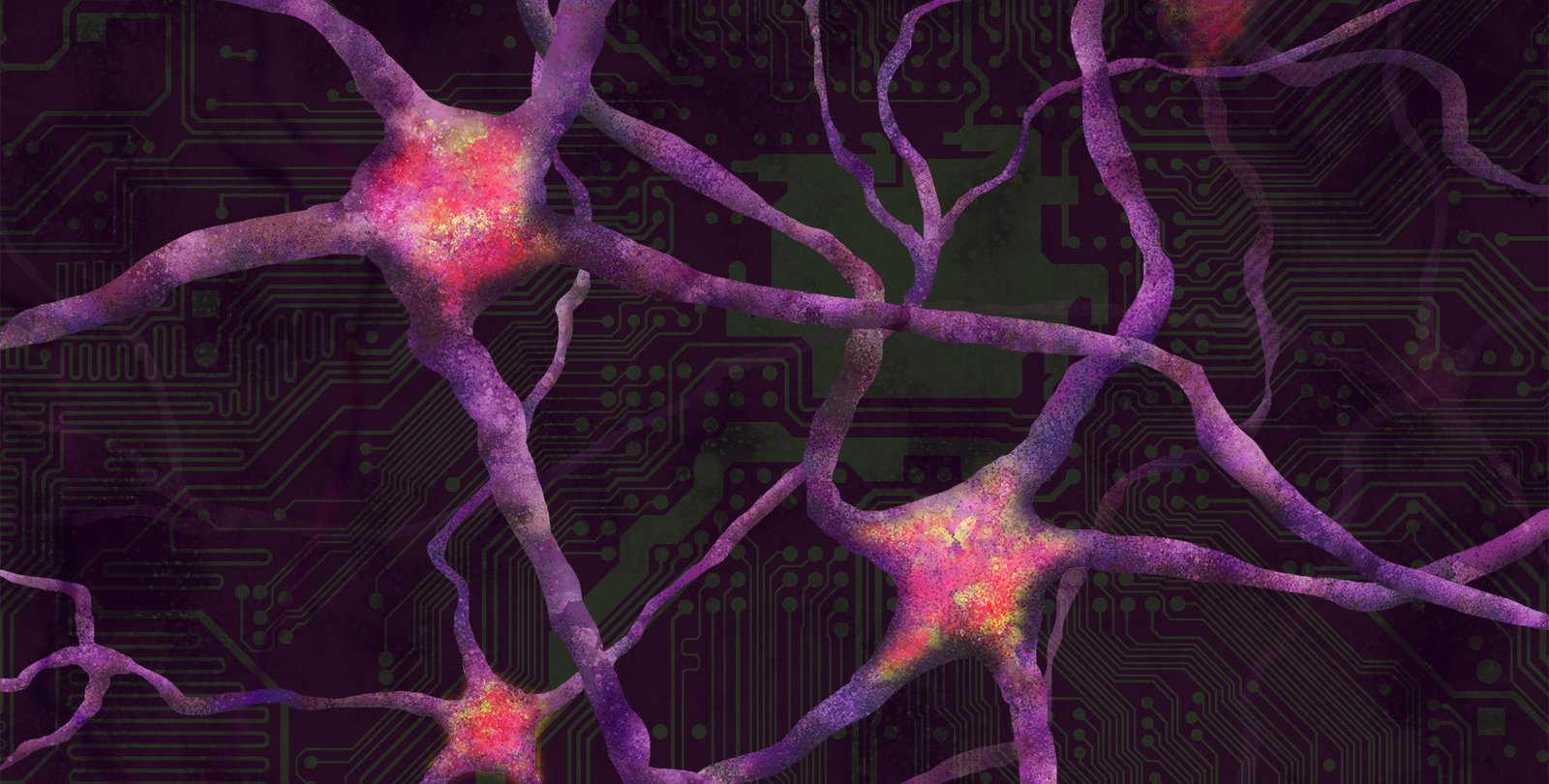-
How Memories Form and Fade

Ever wonder why you can remember the name of your childhood best friend that you haven’t seen in years yet easily forget the name of a person you just met a moment ago? New research done in the laboratory of TCCI®-affiliated biology professor Carlos Lois at Caltech, uses mouse models to determine that strong, […]
-
Orchestrating Development in the Fly Embryo

New research from TCCI®-affiliated faculty member, Professor Angelike Stathopoulos, at Caltech illuminates how proteins act like conductors, giving cues during the earliest stages of development in fruit flies. This work will help us better understand basic biology underlying human development. Read more on Caltech’s website
-
Settling the Debate on Seratonin’s role in Sleep

Caltech scientists have answered a long-debated question about the role of serotonin in relation to sleep, finding that it IS necessary for sleep in Zebrafish and mouse models. The work is a collaboration between the Caltech laboratories of David Prober, professor of biology and affiliated faculty member of TCCI® at Caltech and Viviana Gradinaru, […]
-
Gut Bacteria Influence Autism-Like Behaviors In Mice

Autism spectrum disorder (ASD) affects an estimated one in 59 people in the United States, causing a variety of difficulties with social communication and repetitive behavior. Many factors, including genetic and environmental effects, are believed to influence symptoms, and there are no approved treatments. Now, using mouse models, Caltech researchers have discovered that gut bacteria […]
-
Being Refreshed Is Not The Same As Being Hydrated

Yuki Oka, an assistant professor of biology and Chen Scholar at Caltech, wanted to better understand how the brain processes satiation and pleasure signals related to drinking. He was curious for example why, after you have exercised on a hot day, a cool glass of water will quench your thirst immediately—even before your body has […]
-
Anxious People Quicker to Flee Danger

New research conducted by Dean Mobbs, assistant professor of cognitive neuroscience at Caltech shows that individuals with anxiety escape distant threats of danger sooner. The study appeared online May 20 in the journal Human Nature Behavior and was funded by the National Institute of Mental Health and the Tianqiao & Chrissy Chen Institute for Neuroscience. Read more […]
-
How the Brain Learns New Skills

Seeking to discover basic limits on the brain’s plasticity, a new Caltech study discovered that learning is indeed easier when related to skills one already has because pre-existing neuronal structure constrains what one can learn. In other words, it is likely that the skills we already have developed restrict what we can learn easily in […]
-
Hooked on Salty Foods? These Neurons are to Blame

Potato chips, French fries, popcorn—whichever your preference, we all know that salt is a key component of many tasty foods. But eating too much salt has potential health risks and can lead to cardiovascular and cognitive disorders. Now, Caltech researchers in the lab of Yuki Oka, an assistant professor of biology and Chen Scholar, have […]
-
Blech! Brain Science Explains Why You’re Not Thirsty For Salt Water

Chen Scholar, Yuki Oka, an assistant professor of biology at Caltech, was interviewed on NPR’s “All Things Considered” about his research into how the brain regulates sodium appetite. Oka’s team used a technique called optogenetics to switch on the neurons related to sodium appetite in mice brains. The effects were immediate. Learn more on […]
-
Evidence for a Human Geomagnetic Sense

Researchers at Caltech and the University of Tokyo developed a robust experiment that shows many humans are able to unconsciously detect changes in Earth-strength magnetic fields. Neuroscientist and TCCI®-affiliated faculty member, Shin Shomojo, worked with Caltech geoscientist Joseph Kirschvink and University of Tokyo neuroengineer Ayu Matani on the project. Read more on the Caltech […]